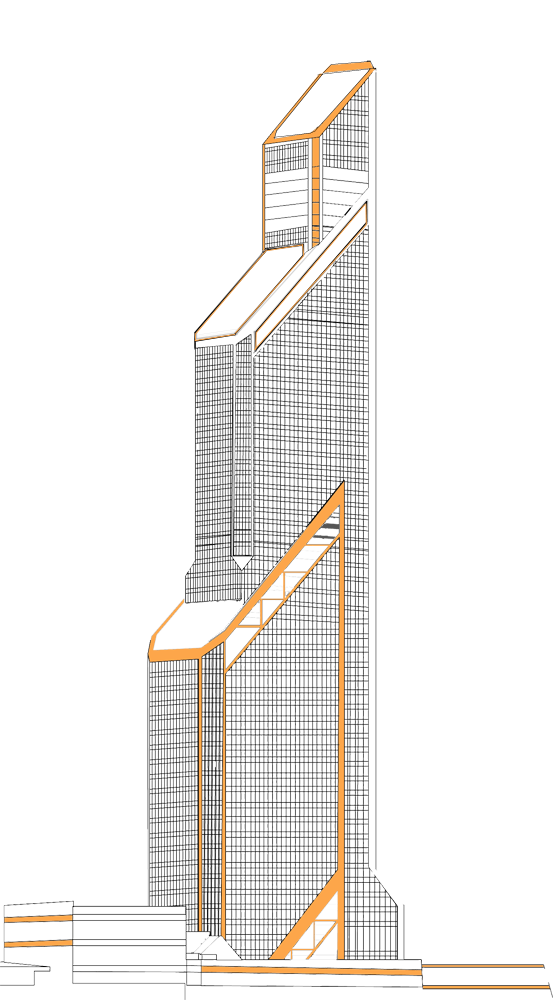PPP INFO
- SPV (Special Purpose Vehicle) - A Consortium, which unifies international companies and is formed with a purpose of initiating and implementing PPP projects
- Ensuring open market access and fair competition - Public sector has to provide fair competition, transparency and proportionality in terms of tendering and selection procedures for private partners
- Protecting the public’s interest- local public sector partners will be required to adopt European norms, quality and performance standards together with effective monitoring and management systems
- Quality control- Public sector has to control the quality of the private sector performance.
- Stable political environment
- Long-term partnerships
- Ensuring a proper legal environment for PPP projects - PPP implementation may require a review of existing legal provisions to ensure compatibility.
- Refunding the private sector- In case of breach of contract, private sector is entitled to receive compensation and a refund of the expenses spent on the project.
- Ability to adapt the terms of the contract in some cases - The contract must have an appendix that will ensure the possibility to change the contract terms in case the condition in the county changes. Such change will be implemented with the permission of both parties.

- People First- core principle of the PPP model is to be beneficial for the society. Interests of the private sector are not the priority. Citizens should gain access to the high quality services while having fewer expenses.
- Government’s Ability to retain ownership of the assets
- Equal distribution of responsibilities and functions between the parties- Private and Public sectors are expected to equally be responsible for resources, decision-making, risk management and number of other functions.
- Both parties should have equal rights in the partnership.
- Concession agreements— Private Sector should be granted the right to operate, maintain and carry out investment in a public utility
- Transparency- Society and Media should be informed about the details of the project (financing, quality) and the members of consortium,
- Supplying citizens with the services by the agreement deadline
- Common interest of both parties

- People First
- Cost-effectiveness
- Economic growth
- Attracting investors- Businesses are attracted to areas with new and stable infrastructure.
- Quality and service improvement
- High service availability
- Creating new jobs
- Retention of workforce –Retaining the existing workforce presents opportunities for it to participate in knowledge and skills transfers, as well as learn new technologies.
- Investment in new technology – Part of the upgrades and repairs to systems include new technology, which can improve the quality of the service.
- Ability to retain ownership of the assets –With public-private partnerships that incorporate a concession model, ownership can remain with the community.
- Value for Money - Extracting long-term value-for-money through appropriate risk transfer to the private sector over the life of the project – from design/ construction to operations/ maintenance
- Upfront capital – Many concession models involve an upfront capital infusion to the municipality. This cash can be used on a variety of municipal needs and can help relieve financial pressures on other departments.
- Relief of financial stresses – There are many pension liabilities and health care expenses that are legacy costs that cities struggle to pay. In some PPP arrangements, these can be taken over by the private entity.

There are different types of PPP arrangements. The amount of control private sector gets on the assets may depend on the type of PPP model the project will be implemented by. Here are some of the more common types of PPP arrangements.
BOT (Build, Operate, Transfer) - Private partner does not collect any charges from the users. His return on total investment is paid to him by public authority through annual payments (annuity) for which he bids. Other option is that the private developer gets paid based on the usage of the created facility.
- BOOT (Build, Own, Operate, Transfer)- The government grants a franchise to a private partner to finance, design and operate a facility for a specific period of tie. Ownership of the facility is transferred back to the public sector at the end of that period.
- Reversed BOOT - Public sector builds the asset and transfers it to the private sector for the management. Private sector is given an opportunity to gradually buy the asset from the government.
- BTO (Build, Transfer, Operate) - Private sector designs and builds the facility. The transfer to the public owner takes place at the conclusion of construction. Concessionaire is given the right to operate and get the return on investment.
- BOO (Build, Own, Operate) - A contractual arrangement whereby a Developer is authorized to finance, construct, own, operate and maintain an Infrastructure or Development facility from which the Developer is allowed to recover his total investment by collecting user levies from facility users. Under this Project, the Developer owns the assets of the facility and may choose to assign its operation and maintenance to a facility operator. The Transfer of the facility to the Government, Government Agency or the Local Authority is not envisaged in this structure; however, the Government, may terminate its obligations after specified time period.
- BOMT (Build, Operate, Maintain, Transfer) - The emphases is made o the private partners obligation to renew and maintain the facility.
- DBOOT (Design, Build, Own, Operate, Transfer) - Private sector has to not only build, but also to design the facility.
- DBFO (Design, Build, Finance, Operate) - With the design–build–finance–operate (DBFO) approach, the responsibilities for designing, building, financing, and operating & maintaining, are bundled together and transferred to private sector partners. DBFO arrangements vary greatly in terms of the degree of financial responsibility that is transferred to the private partner.

